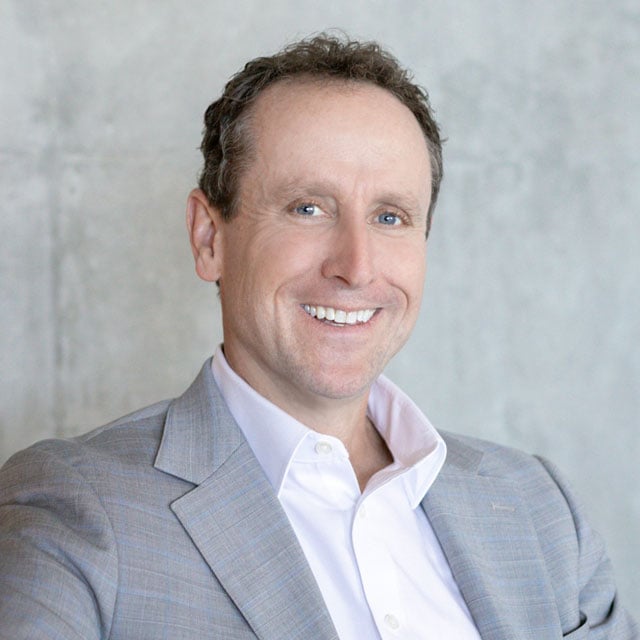With Fresh Genstar Funding, Cetera Charges Ahead

Is it safe to assume the multi-affiliation model is here to stay?
That’s a threshold part of our value proposition, and it’s a differentiator. We can support the widest range of affiliation models, but we also have a community-based approach to the market.
It’s not like we just have 12,000 advisors marching blindly forward. We have our advisors organized across different channels, and we have distinct communities within each channel. We do this to help make the big feel small, if you will, and that’s a core component of what we are trying to accomplish day in and day out.
Another key part of the multi-affiliation model approach is that we don’t want to be in the position of trying to pick winning and losing business models. The country supports lots of different flavors of advice, as you know, and they change over time, too. We feel really good about the potential.
Do you have a specific view about the importance of the W-2 employee advisor model? Will it be important to address the challenge of succession planning, for example?
There actually a somewhat complex story to tell there, because if you come in absolutely fresh as a W-2 RIA advisor, then the service model is premised on full household balance sheet financial planning — across retirement planning, long-term taxable wealth planning, insurance planning, etc. Frankly, it’s pretty tough to be credible on all that in the first 12 to 18 months of your career. This remains an apprentice industry, in that sense.
Why we got into the W-2 RIA space is because we are using it as a succession planning solution and a destination for retiring advisors’ practices. If you are ready to leave this business in a few years but you don’t have a junior partner lined up to take over, Cetera is able to acquire the book of business and transition you to a W-2 model. It’s a win-win for all the parties.
Do you worry about the turnover challenge?
Worry is a strong word, but I think about it a lot, for sure. For the last 10 years, there’s been about 300,000 advisors in the U.S. That number hasn’t moved even as there have been many people coming into the industry, so clearly there’s a lot of exits happening.
That creates good secular dynamics for the industry, actually, because more and more households want advice against a fixed supply of advisors. This means it’s key that technology and product offerings are being brought to bear these days that let advisors take on more households. The productivity and efficiency of practices is getting better, and that should help us address any dearth of headcount coming into this industry.
Traditionally in the RIA space, say 15 years ago at Fidelity, the typical RIA would have 100 to 125 households. Since then, manage account platforms, planning tools and affiliation options have changed the game. The efficiency has grown so fast, and I believe an advisor with the right tools can handle 200 or 250 households. That’s a sea change.
What more can you tell us about the Genstar recapitalization?
That was really the capstone of a very busy 2023 for us, but the effort was so worth it. Today, we have fresh capital, but perhaps even more important to me and the team is the fresh clock. We have a single equity owner today that has us in their two most recent vintage funds, with a decade-plus of runway.
With a fresh clock, it means that, as we execute our long-term strategic plan, that plan involves us exploring new markets and new capabilities. When you have fresh capital and a fresh clock, you can truly explore entries into new markets and new capabilities through a real build strategy.
On the other hand, if you have a PE sponsor who is seven or eight years in, and they’re looking at their watch and getting anxious about their return, that’s a very different environment. They aren’t going to be interested in building new capacities, because they worry that the real value will accrue to the next owner. We don’t have that paradigm. Our strategic growth plan has a return profile that Genstar is happy to participate in for the long term.
When you’re talking to reporters or even other industry leaders, what kind of questions do they come to you with about what it’s like to work with Genstar and to be in this freshly capitalized situation? Do you see some misconceptions?
Yeah, it’s a great question. To those who are less experienced in PE, the question is always trying to put us on the defensive. They say things like, “Oh, you’re private equity owned. So when are you going to trade again?” It’s almost like a negative assumption is there, for some people.
Those who understand the space and spend the extra moment to know who our sponsor is don’t ask those leading questions. They know what it means for us to have the fresh clock, and how we have a shared strategic vision that fits in perfectly with Genstar’s current and former portfolio companies. What I say is that we have a great strategic partner in Genstar. It’s more than just a capital partner.
It also gives me a great sense of accountability, working with the Genstar board. I am reporting to a really impressive board and to Tony Salewski, managing partner of Genstar Capital. Their experience in the financial services vertical is so impressive, with so much experience in virtually ever nook and cranny of the industry.
When we have a board meeting, it’s not just capital providers measuring us through a spreadsheet. They have deeply informed views on how the market is evolving, what the different providers are doing, what the competition is doing, etc. They are a deep strategic partner. It’s a real advantage for us.




